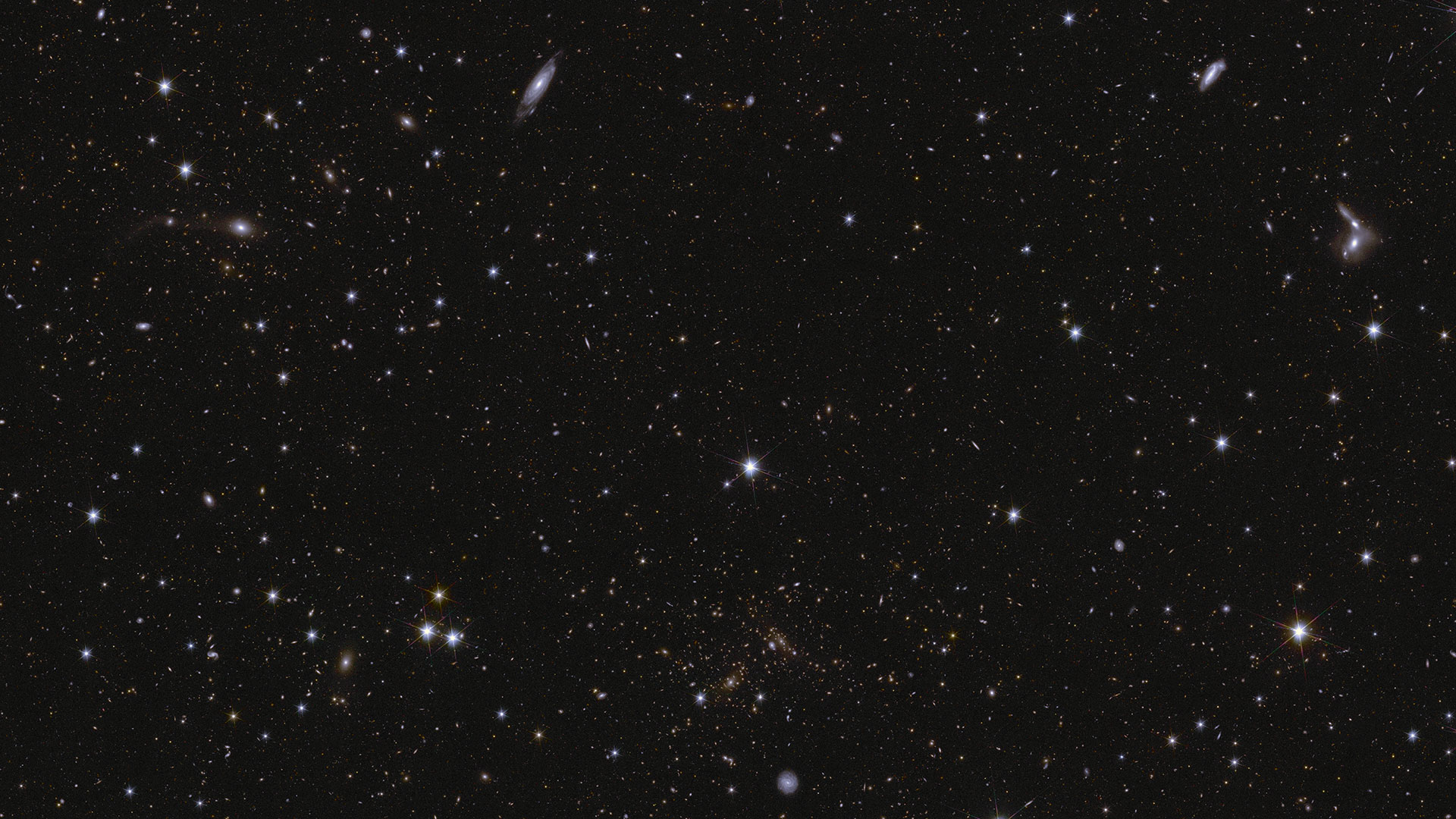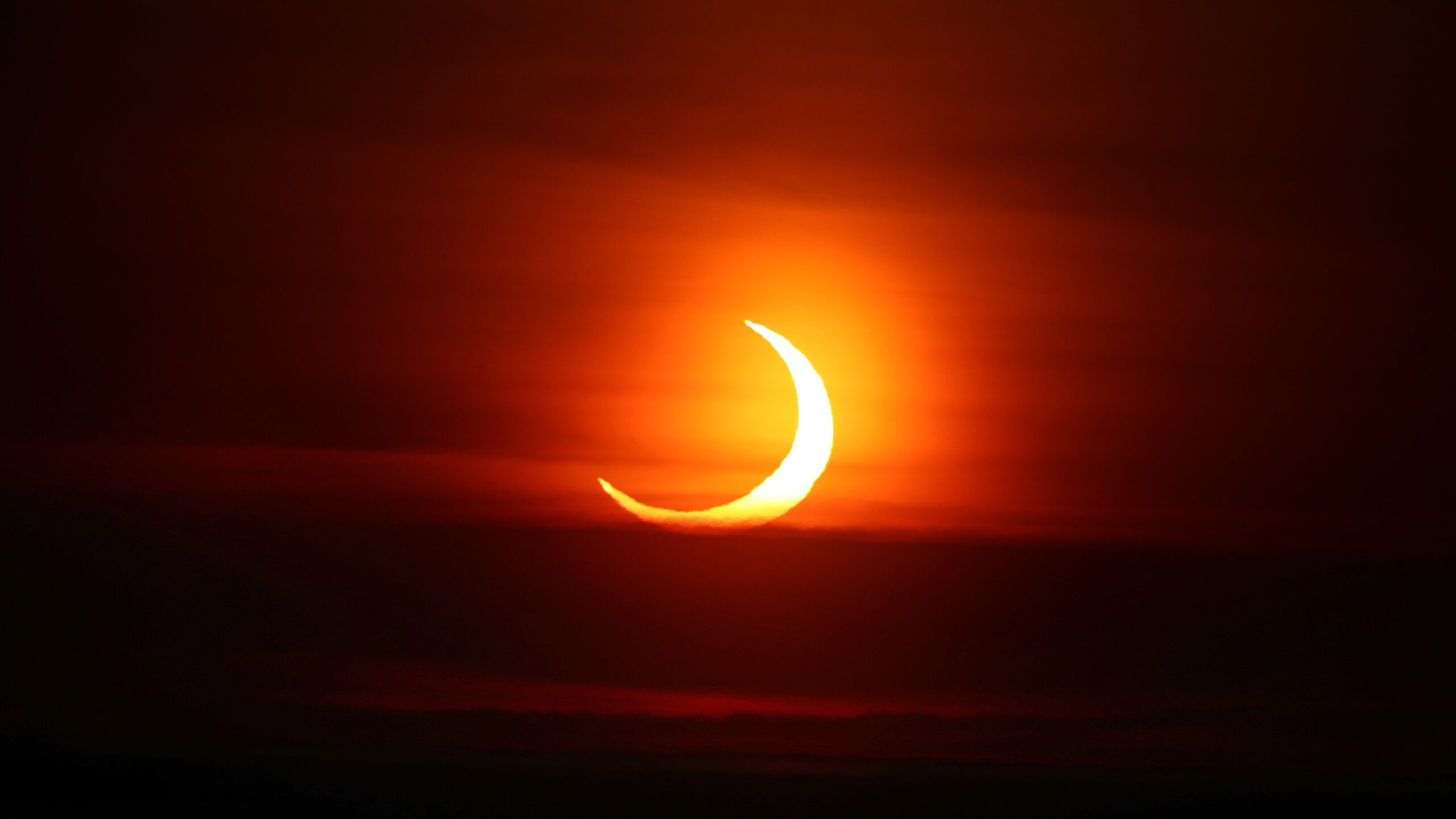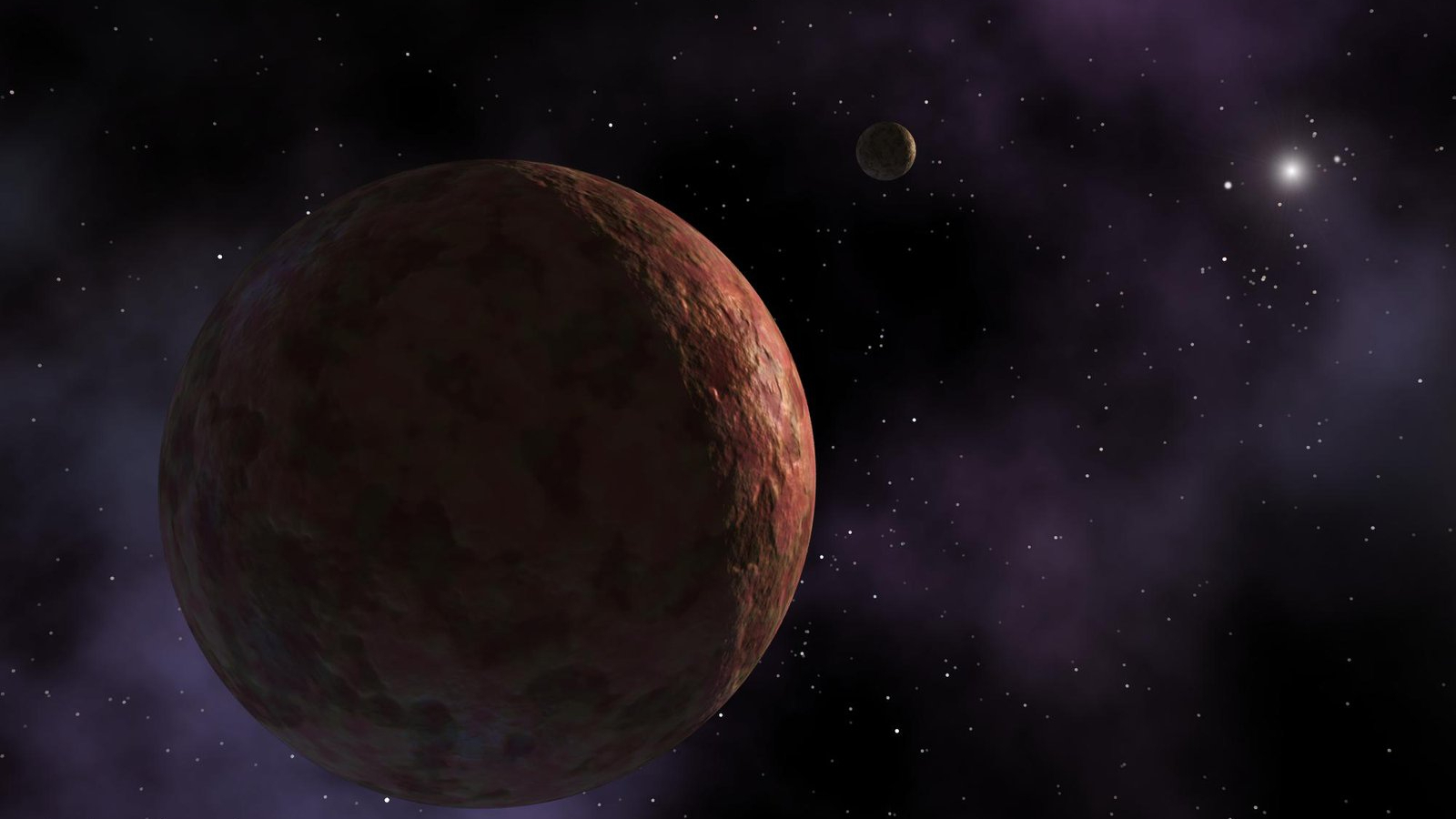Now Reading: ESA’s Euclid Telescope Captures Stunning Glimpse of the Dark Universe
-
01
ESA’s Euclid Telescope Captures Stunning Glimpse of the Dark Universe
ESA’s Euclid Telescope Captures Stunning Glimpse of the Dark Universe

Rapid summary
- The European Space Agency’s (ESA) Euclid spacecraft released its first batch of survey data, showcasing deep field images of the universe.
- The data includes over 380,000 galaxies and 500 gravitational lensing candidates mapped using artificial intelligence and human efforts.
- Images feature galaxy clusters,active nuclei,transient phenomena,as well as high-resolution details showing galaxies from various perspectives.
- Euclid’s survey spans 63 square degrees now but aims to cover one-third of the sky (14,000 square degrees) in six years.
- Early findings include galaxies up to 10.5 billion light-years away and insights into galaxy formation and gravitational interactions.
- ESA scientists highlighted the importance for future astronomical discoveries in long-term missions.
Indian Opinion Analysis
India has a burgeoning space science community keenly observing global advancements in astronomy like ESA’s Euclid mission. This release represents a leap forward in understanding cosmic structures such as dark matter and energy-key research areas shared by Indian space missions like AstroSat or planned ventures like Aditya-L1. Access to datasets generated by Euclid could provide valuable collaboration opportunities for indian researchers while inspiring indigenous innovations in telescopic imaging technology.
For india’s emerging role on global scientific platforms beyond exploration-focused projects, partnerships with agencies like ESA amplify potential visibility and cooperative growth avenues that align with its increasing commitment to scientific inquiry.Read More



























